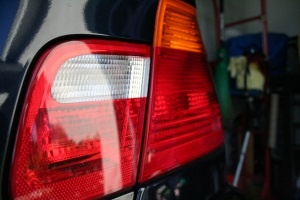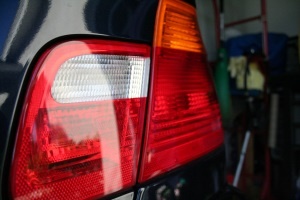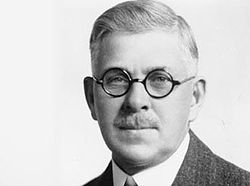Computers to put a man on the moon and get you around town
These days, drivers are used to having vehicles that seem almost like a home away from home. Powerful systems like indash navigation, wifi internet...

The car and trucks we drive today are innovative marvels that pack surprising amount of power and technology into relatively small packages. The average car has more computing power packed into it than the Apollo moon lander did – in fact, even the most basic car today has more than 30 separate computer systems (electronic control systems) monitoring everything from brakes to steering. Luxury cars can push 100 computers.
 Today’s car is a testament of the power of innovation and the human mind. What are the biggest innovations in automotive history? Things like computers and air bags come to mind easily. But the car has changed so fundamentally from the original “horseless carriages” that many of the things we take granted in our car were the results of great innovative changes by skilled engineers.
Today’s car is a testament of the power of innovation and the human mind. What are the biggest innovations in automotive history? Things like computers and air bags come to mind easily. But the car has changed so fundamentally from the original “horseless carriages” that many of the things we take granted in our car were the results of great innovative changes by skilled engineers.
Let’s count off some of the most important car innovations that have gone into making our ride what it is today.
Before the turn signal light was patented in 1938, many cars used retractable semaphores called “trafficators”. If you wanted to turn, they would swing out from behind the front doors to indicate which way you were going. Common complaints with them included the tendency to stick in the closed position.
All that changed when a Delaware company came up with a lighting unit called a thermal interrupter switch, to create flashing turn signals. When activated, electricity would flow through a wire, using it to expand. The expanded wire completed a circuit, allowing circuit to reach the lightbulb to turn it on. The lit bulb would short-circuit the wire, which shrunk and terminated contact with bulb. Then the whole process would start over again.
These thermal switches were the dominant technology until the 1960s when transistor circuits took over.
It’s hard to conceive of having a car without air conditioning, especially in our home state of Florida. But going back as recently as the late-1960s, only half of domestic car models came with it. Packard was the first automaker to offer AC on its models in 1939. Packard would make the car, then ship it to the Cleveland factory of Bishop & Babcock, where the AC conversion would be completed and the car shipped to the local dealer. Believe it or not, AC was not commercially successful. The equipment took up a lot of the trunk space, it was unreliable, and there was no actual thermostat shutoff. You could shut the blower off, but cold air would still enter the car due to the connection of the drive belt to the compressor. And all of this priced the option out at $274 – about $4500 in today’s money. Coming off the Great Depression, this was unaffordable to most people and Packard discontinued the AC option 3 years later.
It wasn’t until 1954 that a fully-integrated front-end heating and air conditioning system for cars was introduced, by the Nash Corporation for its Ambassador automobile. The Nash system became very popular because it was sophisticated (for the time) and affordable ($345).
Did you know that modern cruise control was invented by a blind man? Rudimentary systems had been used since the late 1700s (on steam ships) and relied on a governor to adjust the throttle position of the engine as its load increased or decreased.
Ralph Teetor was a mechanical engineer who had been blind since the age of five. In the 1940s, Teetor would ride on the Pennsylvania Turnpike with his lawyer, who would constantly speed up and slow down based on whether he was talking or listening. As you may imagine, this annoyed Teetor to no end and gave him the inspiration to design the first modern cruise control system similar to the kind we use today. Teetor patented his device in 1945 and it was first used commercially in the 1958 Chrysler Imperial.
These days, drivers are used to having vehicles that seem almost like a home away from home. Powerful systems like indash navigation, wifi internet...

True or false – Henry Ford invented the automobile around the turn of the 20th century, making it one of the many history-changing contributions the...

With the summer months approaching, your car or truck AC system becomes a priority. It has to work well in the hot weather. This is especially true...